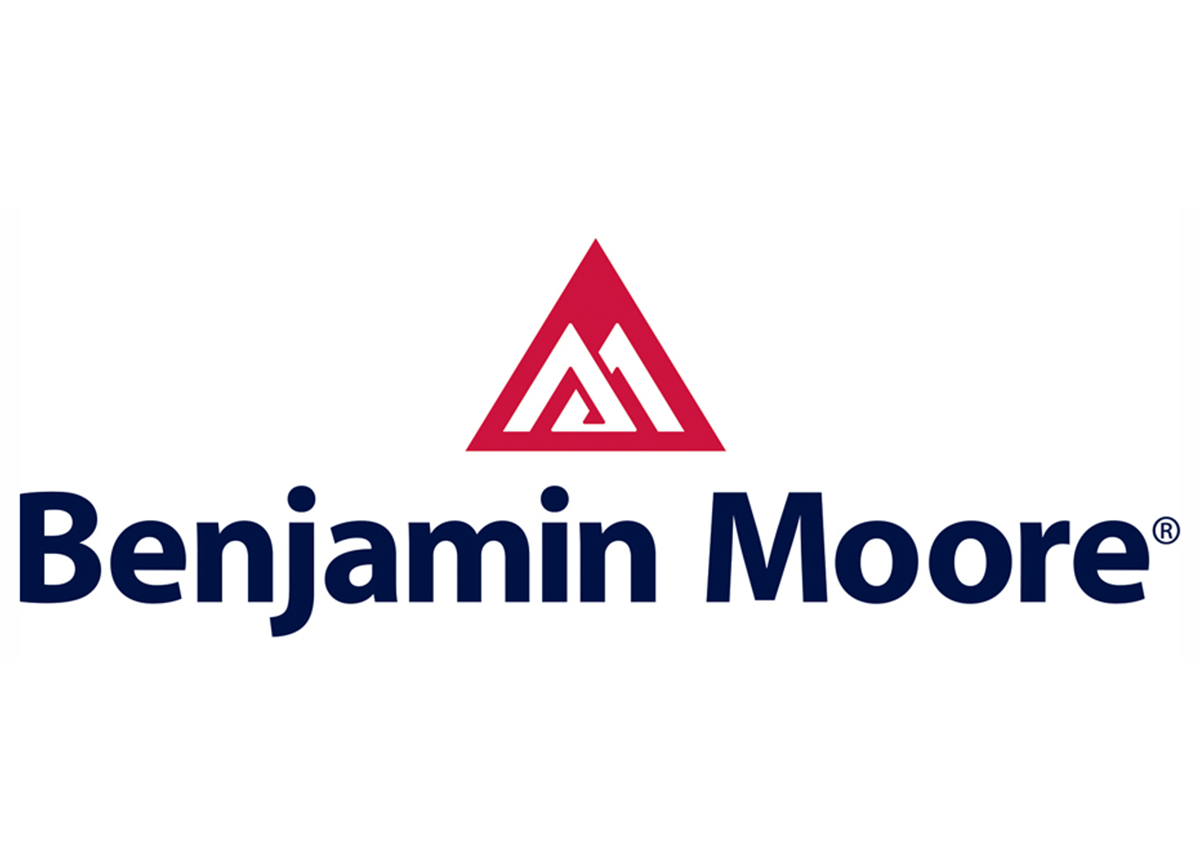Water Safety
Spring has sprung and many of us watch the thermostat climb with great anticipation of afternoons by the pool or on the beach. Listening to the radio the other day it was revealed that drowning is the 2nd leading cause of accidental death among kids, 6th leading cause of accidental death among adults in North America. More than one in five people who die from drowning are children 14 and younger. For every child who dies from drowning another 4 received emergency department care for non fatal submersion injuries. These statistics are staggering. Perhaps what makes this even more tragic…is that many of these deaths are preventable.
Who is most at risk?
Males: nearly 80% of people who die from drowning are Male.
Children: ages 1 to 4 have the highest drowning rates. In 2007, among children 1 to 4 years old who died from an unintentional injury, almost 30% died from drowning. Fatal drowning remains the second-leading cause of unintentional injury-related death for children ages 1 to 14 years
Minorities: Fatal unintentional drowning rate for minorities is generally higher, anywhere from 1.3 to 3.1 times higher than among non minorities.
Influencing factors?
Lack of Supervision and barriers: Supervision by a lifeguard or designated water watcher is important to protect children when they are in the water, whether a pool or bathtub. But when children are not supposed to be in the water, supervision alone isn’t enough to keep them safe. Barriers such as pool fencing should be used to help prevent young children from gaining access to the pool area without caregivers’ awareness.5 There is an 83% reduction in the risk of childhood drowning with a four-sided isolation pool fence, compared to three-sided property-line fencing
Among children ages 1 to 4 years, most drownings occur in residential swimming pools. Most young children who drowned in pools were last seen in the home, had been out of sight less than five minutes, and were in the care of one or both parents at the time.
Natural Water Settings (such as lakes, rivers, or the ocean): The percent of drownings in natural water settings increases with age. 65% of drownings among those 15 years and older occurred in natural water settings.
Lack of Life Jacket Use in Recreational Boating: Among those who drowned, 9 out of 10 were not wearing life jackets. Most boating fatalities that occurred during 2008 (72%) were caused by drowning with 90% of victims not wearing life jackets; the remainder were due to trauma, hypothermia, carbon monoxide poisoning, or other causes
Alcohol Use: Alcohol use is involved in up to half of adolescent and adult deaths associated with water recreation and about one in five reported boating fatalities. Alcohol influences balance, coordination, and judgment, and its effects are heightened by sun exposure and heat.
Prevention
How do we prevent a loved one becoming a statistic? The influencing factors tell us what to do and what not to do. Learning to swim is paramount. Participation in formal swimming lessons can reduce the risk of drowning by 88% among children aged 1 to 4 years. Avoid and moderate alcohol use near water, wear lifejackets, supervise kids at all times, and install barriers to danger areas.
We are fortunate to live in a country where swimmable water is readily available. Using it responsibly can bring great joy and health to everyone.
- Access Control
- Alarm monitoring
- Alarm Systems
- cannabis
- cannabis retailer
- CCTV Cameras
- Childproof Doors
- Commercial Security
- Construction Security
- Cybersecurity
- Digital Safety
- Door Bell
- Ethernet
- fire
- flood
- garage
- General Category
- Halloween
- holiday
- home
- home automation
- Home Safety
- Home Security
- Home Security System
- In the News
- intercom
- internet
- life insurance
- Locksmith
- Move Ahead
- moving
- MUL-T-LOCK
- natural disasters
- New Years
- Office Security
- Personal Safety
- Pet Protection
- real estate
- Safes
- Safes
- safety
- school
- Security Cameras
- Security Film
- Security Industry News
- Security Systems
- Security Tips
- security window film
- Senior Safety
- shoplifting
- Small Business
- Small Business security
- social media
- social network
- Sports Safety
- summer
- vacation
- Video Alarm Monitoring
- web
- web surfing
- Webdesign
- Window Film
- winter
- Workplace safety


















































